
Sensors Measure Cabin Pressure for Comfortable Flights
Airplane transportation saves time and makes it possible for millions of passengers a day to effectively travel across vast geographic areas. During air travel, the aircraft is ascended several hundreds of feet high in the air. At this altitude, air pressure …
Read More
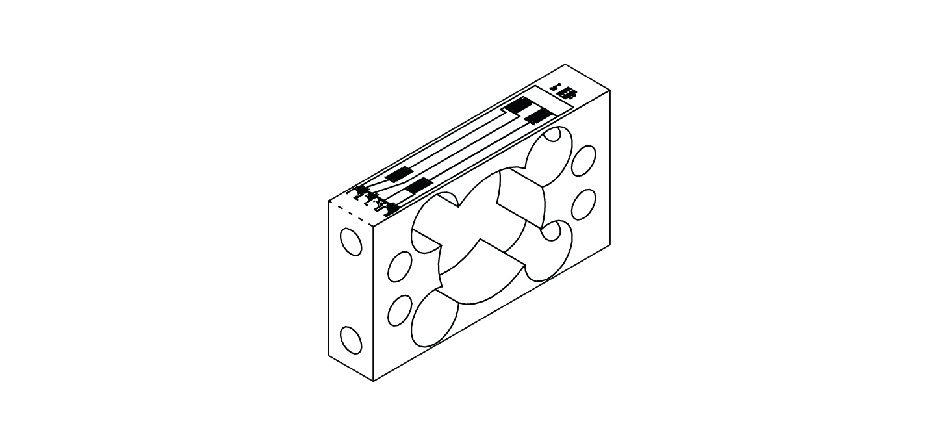
Understanding Strain Gauges in Load Cells (Thin Film vs. Bonded Foil. vs. Silicon)
Strain gauges are a type of sensor used to measure a change in force by way of tension and compression. Typically, four strain gauges are used in a Wheatstone Bridge configuration to make up a load cell (a.k.a force sensor). …
Read More
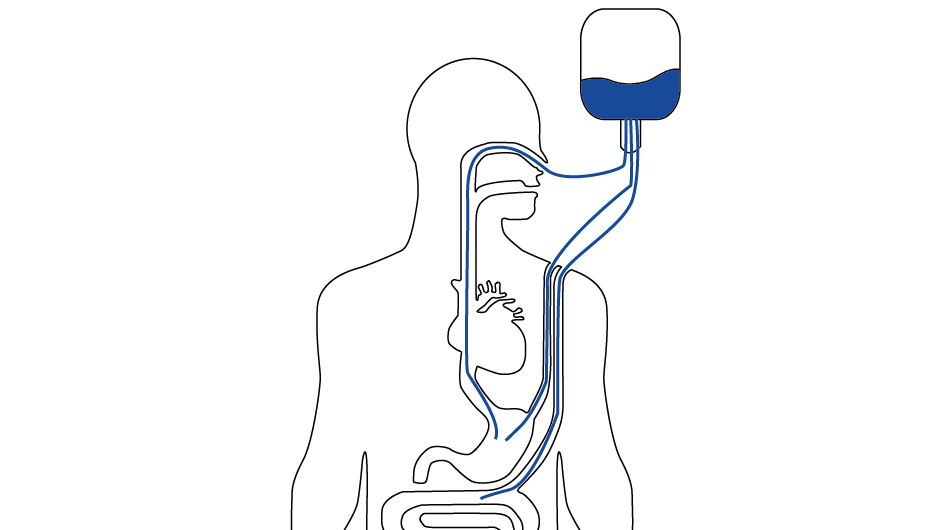
Sensors for Enteral Feeding Pumps Prevent Malnutrition
Malnutrition is one of the world’s biggest health problems… and can be related to issues with deficiencies, imbalances or be caused by a problem with a person’s intake of energy and/or nutrients into the body that is required for survival. …
Read More

The Difference Between Pressure and Force Explained
It’s easy for some people to get pressure confused with force, and vice-versa. One of the main reasons is because pressure cannot exist without force. While they are similar in this regard, the difference between the 2 is simple: force is …
Read More
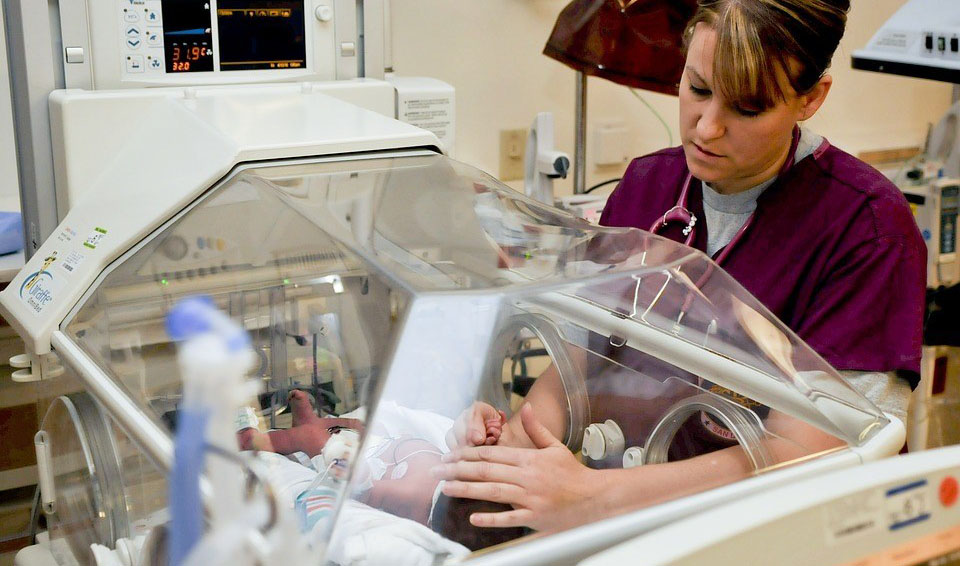
Clamp-on Flowmeters for ECMO in Infant ICU
Newborn babies are precious and fragile. In many situations, these children are born too early and before their organs have had a chance to fully develop. In some cases, they are born with serious conditions that require immediate intensive care. …
Read More

Clamp-on Flowmeter for Heart Lung Machines Provide Reassurance During Critical Surgeries
While any surgical procedure can be dangerous, for patients with acute, life-threatening conditions, critical surgeries being performed by doctors are especially important and a time when procedures must be followed closely and with extreme precision. In many of these scenarios, …
Read More

Non-medical Applications of Bubble Sensors
You may have heard about bubble sensors and their ability to detect the presence of pockets of air, or bubbles, within fluid-filled tubes. In medical technologies, these solutions can be a matter of life and death. For example, in an …
Read More

Alarm Fatigue in Nursing: How Custom Sensors Can Save Lives
How Custom Sensors Can Save Lives Nurses work tireless hours around the clock caring for patients, monitoring vitals and assisting doctors with doing the important job of keeping people alive. They are also up against a number of workplace hazards. …
Read More
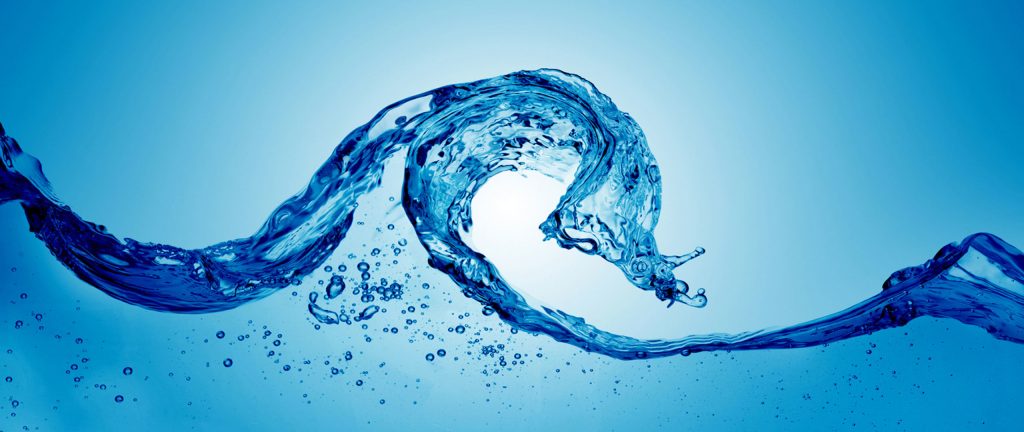
Mass Weighing for Flow Rate Measurement
Fluid rate measurement can be done a number of ways. The method used typically depends on the fluid material that needs to be monitored. Measuring flow in tubes can be done through the use of various flow meter types including, …
Read More

Disposable Capacitance Liquid Level Detector
Ultrasonic Capacitance Liquid Level Sensor Strain Measurement Devices has been hard at work engineering and designing new disposable sensors for each product line, offering contamination free and inexpensive sensors to help you with the monitoring in your application. The majority …
Read More
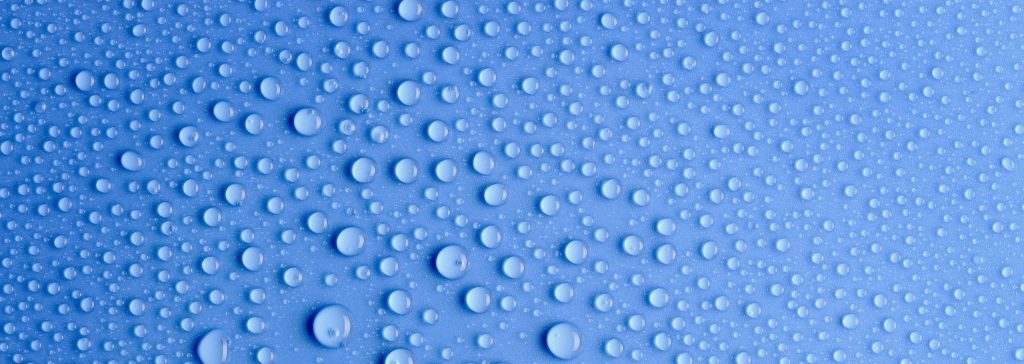
Microfluidics Control and Critical Fluid Management
Microfluidics is the focus of precisely controlling the behavior and exploitation of fluids that are physically constricted to a small scale. The liquid has the ability to flow in narrow spaces without the assistance of any external forces, and because …
Read More

How Optical Liquid Level Sensors Work
Optical Switch Sensors Successfully Operate Using Snell’s Law Snell’s Law is used to predict how a light beam will refract or change it’s direction when traveling from one substance to another. θ represents (left figure) the angle between the direction …
Read More


